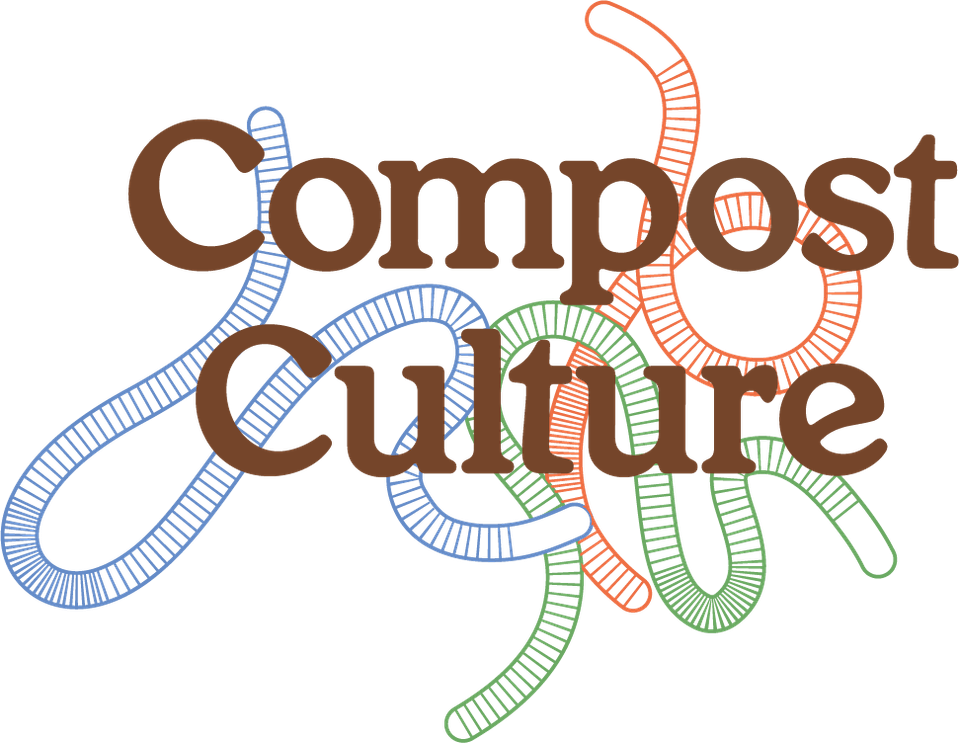Wormeries, sometimes called Vermicomposting
A wormery is a great method for composting food scraps, and ideal for small gardens, balconies or homes without outdoors space. They are fascinating, and especially appeal to children.
How it works:
Composting-worms are kept in a container which has several layers for the worms to live, and a bottom section which collects liquid.
In the lower layer the worms are given plenty of ‘bedding’ material, which is usually a mix of compost and some damp shredded paper or brown card. They are regularly given small amounts of kitchen scraps and extra bedding material.
As they eat, the worms release waste (poo)called ‘castings’. This is an amazing type of compost, full of good bacteria and nutrients for the soil and plants. Liquid is harvested from a tap, or container,at the bottom of the wormery, which can be diluted in water and used to waterplants.
If conditions are good, the worms can eat half of their own body weight of food each week. They will soon multiply, and it is fun to spot their cocoons, which look like small golden balls, and the baby worms that emerge from them.
Wormeries are good to used to mature compost made in other methods – for example from a tumbler or Hotbin. They like to eat materials that have been broken down by microbes.
Pros - Wormeries can suit any budget, they can be bought, or made from second hand materials (link). Worms can be bought online, or can be found in compost bins. Wormeries make the best compost, and are fun, especially great for kids. Can be used in small spaces, and on balconies or even indoors.
Cons – Only small amounts of food waste can be added, unless you have a lot of worms! Too much food can overwhelm the worms and lead to fruit flies and over heating.
For more in depth information click here.

